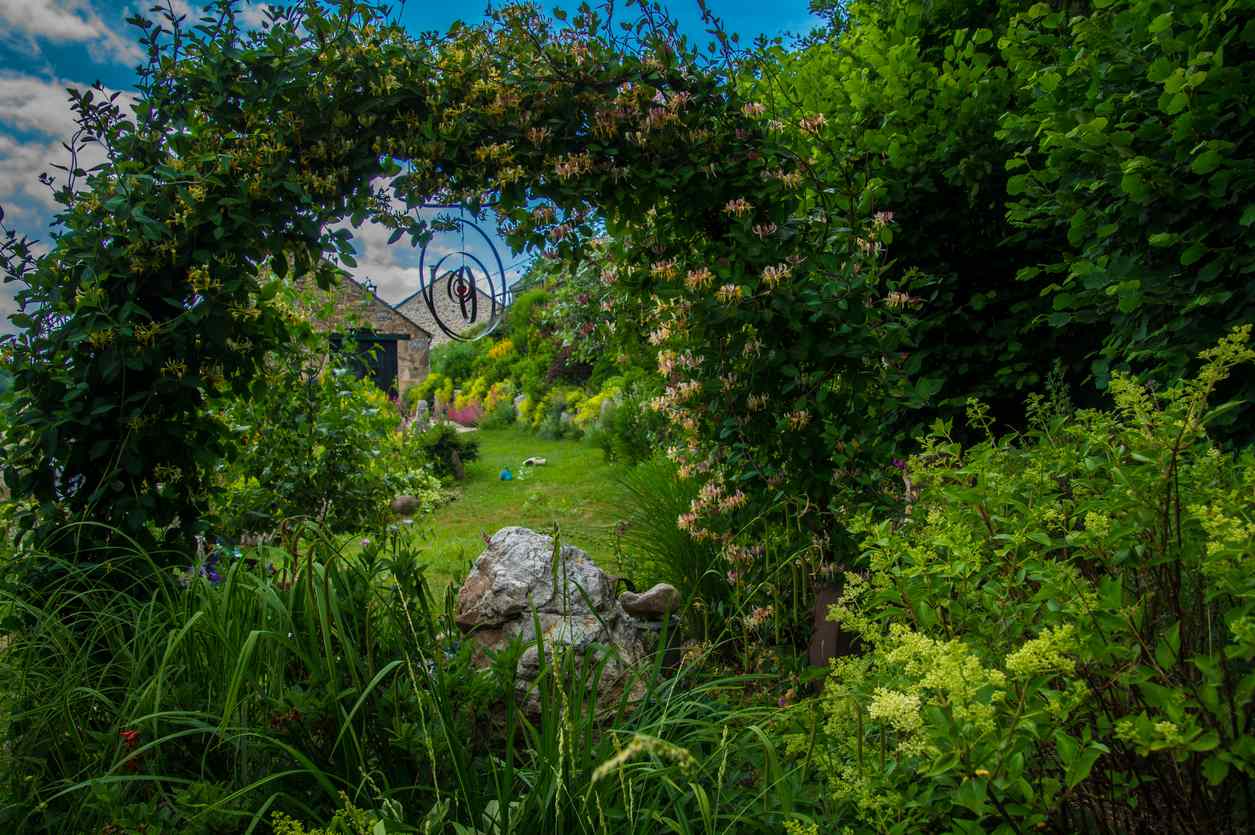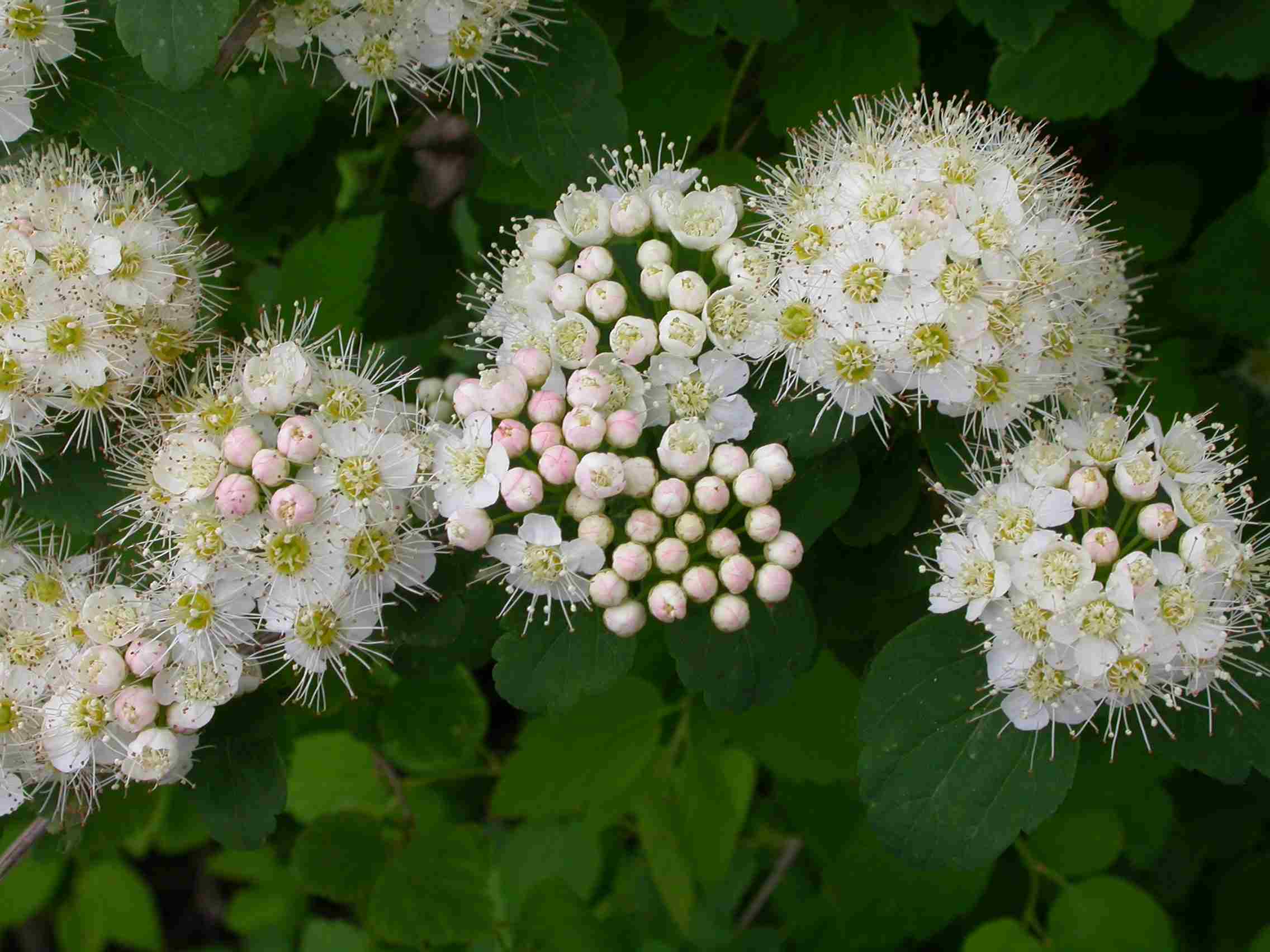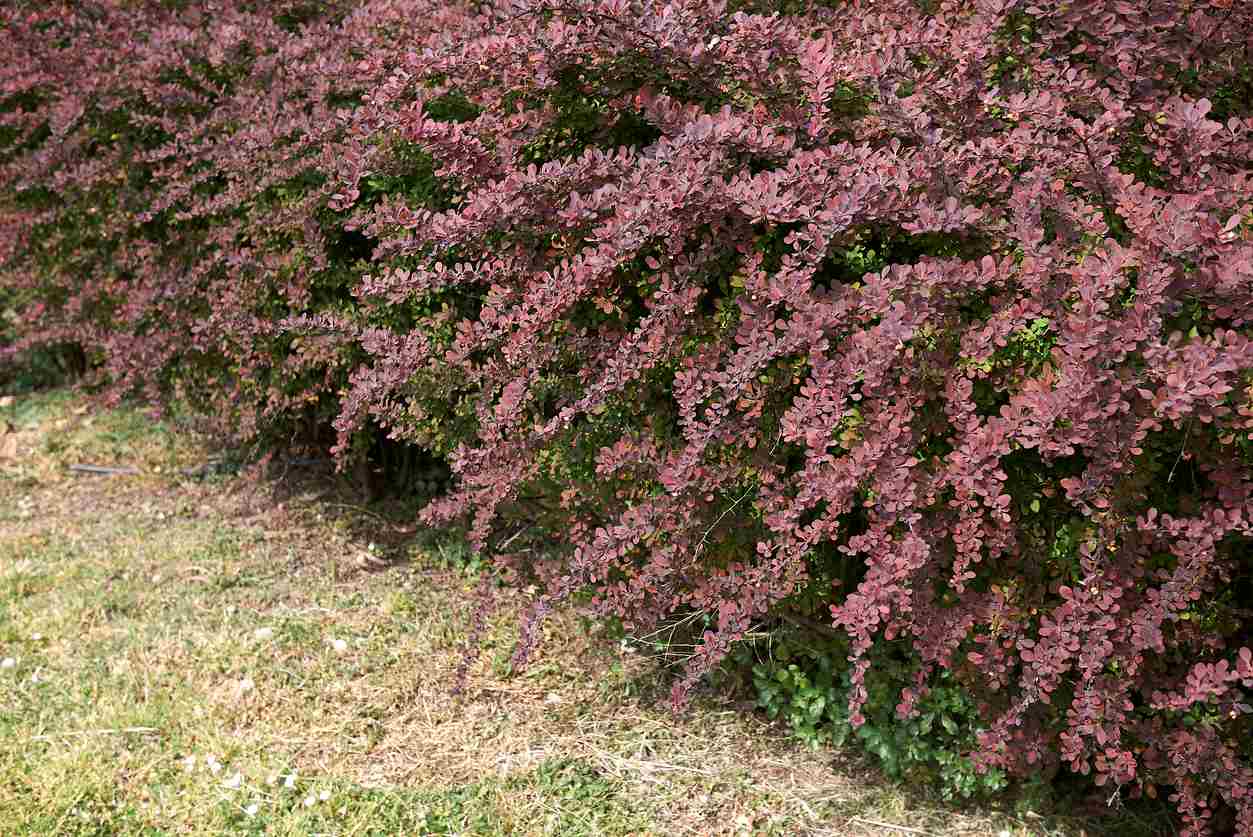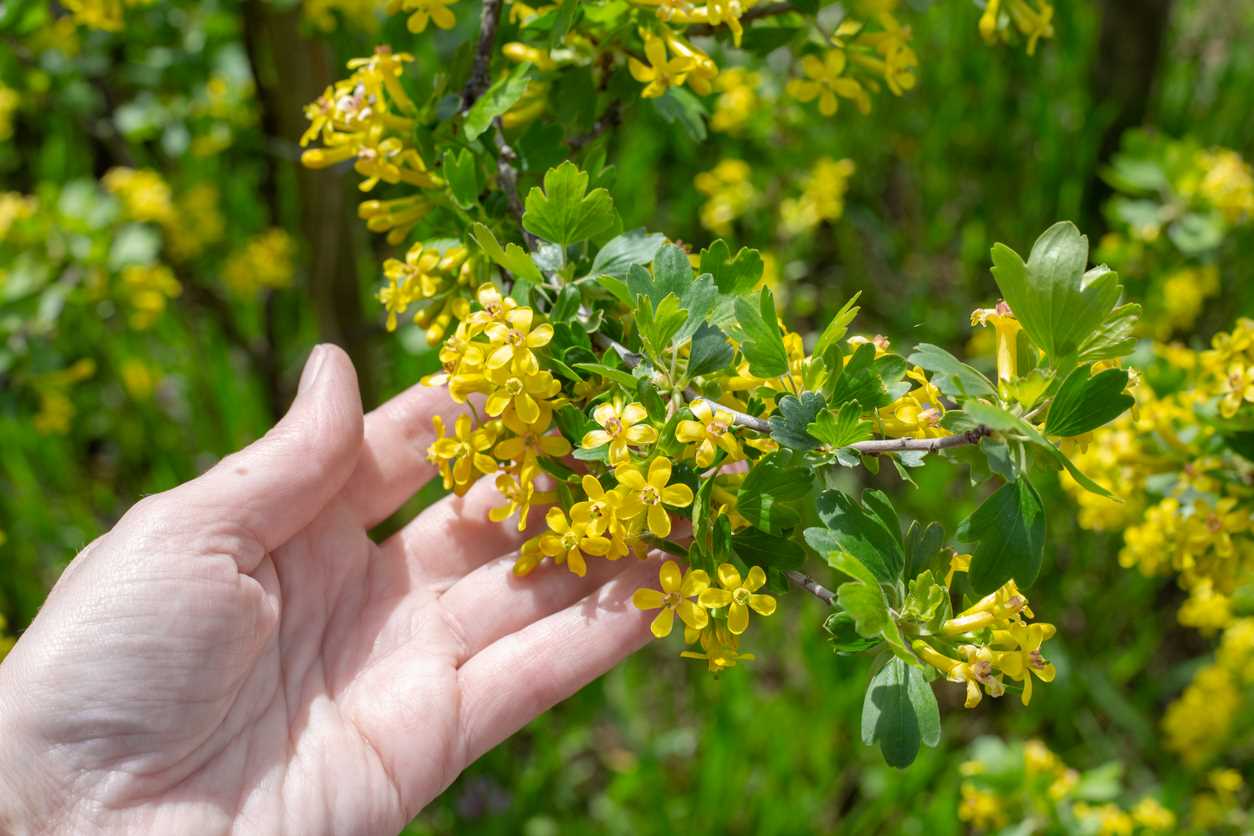
1. At the heart of a perennial bed: spirea flexuosa


Like other spireas, this one supports all floorsthe sun as well as the semi-shade where it gives, during April/ almost as many flowers, pale pink in buds then white.
Its slightly toothed foliage is particularly remarkable. Light green, it changes from orange to red in the fall. There are few shrubs which, growing like this in limestone soil, are adorned with such beautiful autumn colors.
Size : approximately 1.50 m, in all directions.
It tends to sucker a little if pruned. In any case, it is when it is left free that it is the most flexible and prettiest.
2. As a defensive hedge: Berberis ‘dart’s superb’


Sure, the thorns of this Berberisjulianae are formidable, but they’re so long and showy that it’s easy to be wary, right? Finally, let’s say that it’s tempting because this shrub is also really pretty, with its evergreen purple foliage stained with green and its small, globular, yellow flowers, grouped in bouquets. These follow one another during April along the entire length of the branches. Their honeyed scent attracts colonies of bumblebees and bees.
Size : up to 2.50 m.
After flowering, round it off in size to protect yourself from prickles.
3. To isolate on the lawn: the ‘Prairie Fire’ apple tree


This small rounded pyramidal apple tree (presented in the November Friend for its fruits) loves the sun and rich lands, neither too dry nor too heavy. A multitude of simple, magenta-pink flowers bloom in early May when the foliage appears, first purple, then purple-green. In the fall, small dark red apples stand out well against the golden foliage. They last until December.
Size : 6 m for 4 m wide.
Add an organic amendment to the planting. No treatment will then be necessary because it is very resistant to disease.
4. At the bend of an alley: the fragrant gooseberry bush


The yellow-flowered gooseberry (Ribes odoratum) is a little later than the red gooseberry since it flowers at the end of April or the beginning of May. It then perfumes a flowerbed all by itself. However, the color of its flowers and their scent are not its only assets. Added to this, in addition to its ease of cultivation in any soil that is not too humid, is its beautiful, healthy foliage, orange to purple in the fall.
Size: from 1.50 m to 2 m.
Cut it back a little after flowering so that it becomes thicker, or train it on a fence.
5. Trellised on a barrier: the coronilla of the scrubland


This Mediterranean shrub (Coronilla valentino ssp. glauca) supports up to -20°c if planted in well-drained, sandy or limestone soil, and exposed to the hottest weather. So you might as well not deprive yourself of it: it flowers in fact from February if the weather is mild enough, then very generously in April, again during the summer and until the last sun. Its yellow flowers are very fragrant , its evergreen foliage is green with bluish reflections. It is superb trellised on a fence.
Size : 2.50 m and more.
If you don’t want to cut it into a ball, just remove the dried stems after winter.
General Tips for Spring Shrub Care
Beyond the specific care of each shrub, it is essential to follow some maintenance rules to ensure abundant and healthy flowering from year to year.
- A regular supply of compost or well-decomposed manure at the base of the shrubs in early spring can stimulate their growth and flowering.
- Organic mulch will help maintain soil moisture, reduce weeds and protect roots during colder months.
- Watering should be adapted to the needs of each plant, avoiding excess water to prevent root diseases.
Pruning for optimal flowering
Pruning is crucial in the maintenance of shrubs, it directly influences the quality and quantity of their flowering. For most of the shrubs shown, pruning should be carried out immediately after flowering so as not to compromise flower production the following year. This practice also makes it possible to maintain the aesthetics and control the size of the shrub, thus guaranteeing its good health and vigor.
Winter protection of shrubs
Although most of the shrubs mentioned are cold hardy, some may benefit from additional protection during winter, especially in areas where temperatures regularly drop below freezing. The use of winter veils, mulching the soil around the base of the plantsand, in certain cases, the establishment of wind protection can prove useful to ensure the survival and good recovery of shrubs the following spring.
Selection and adaptation to the garden
Choosing which shrubs are best for your garden depends on several factors, including climate, soil type, exposure to sun or shade, and available space. Taking the time to evaluate these conditions before planting can make the difference between a shrub that survives and one that thrives. Don’t hesitate to consult gardening experts or visit local nurseries for personalized advice tailored to your specific environment.

